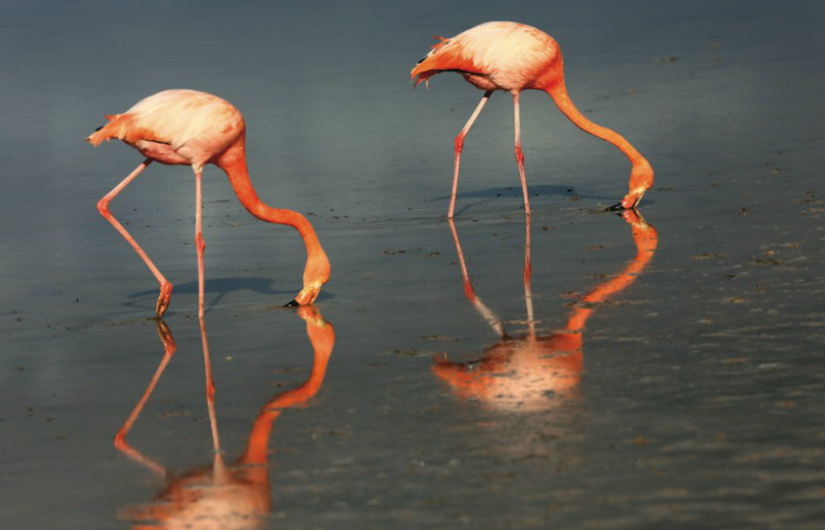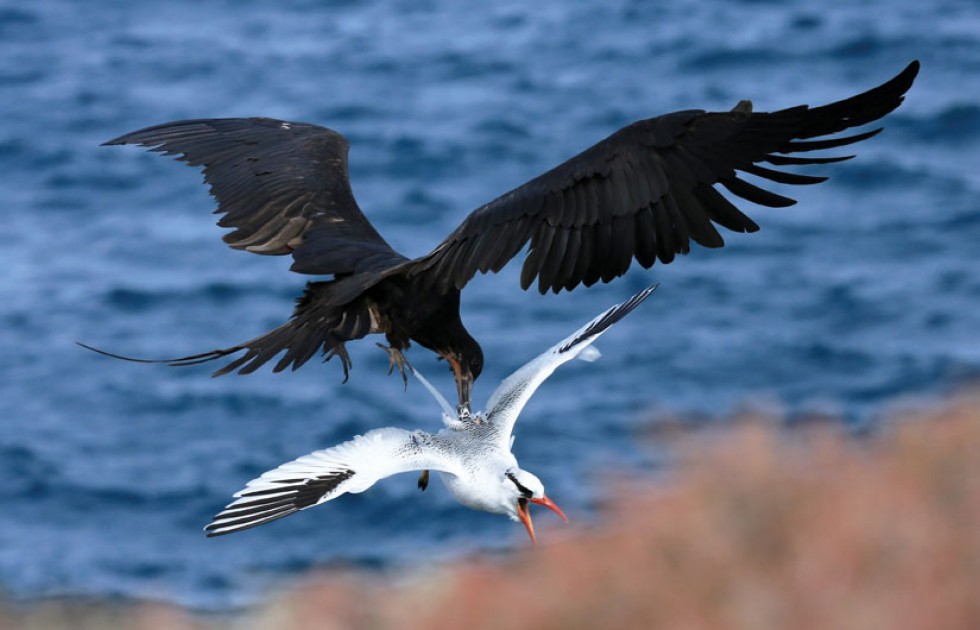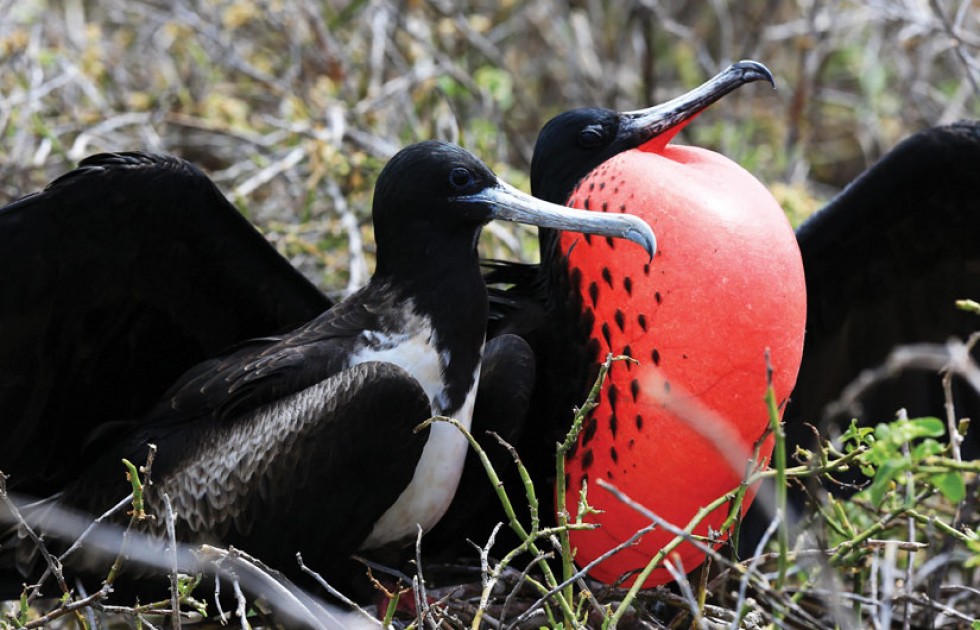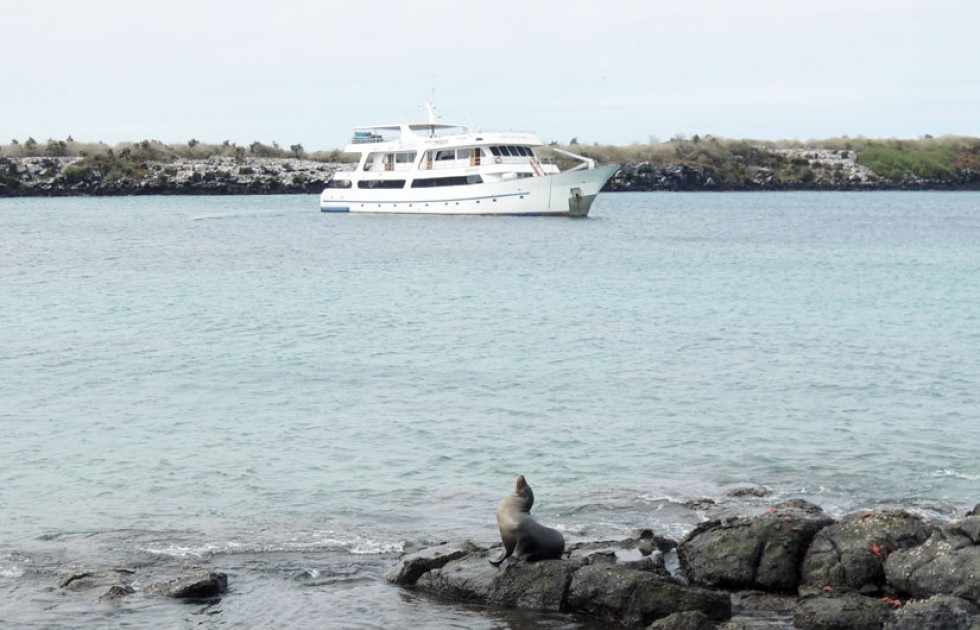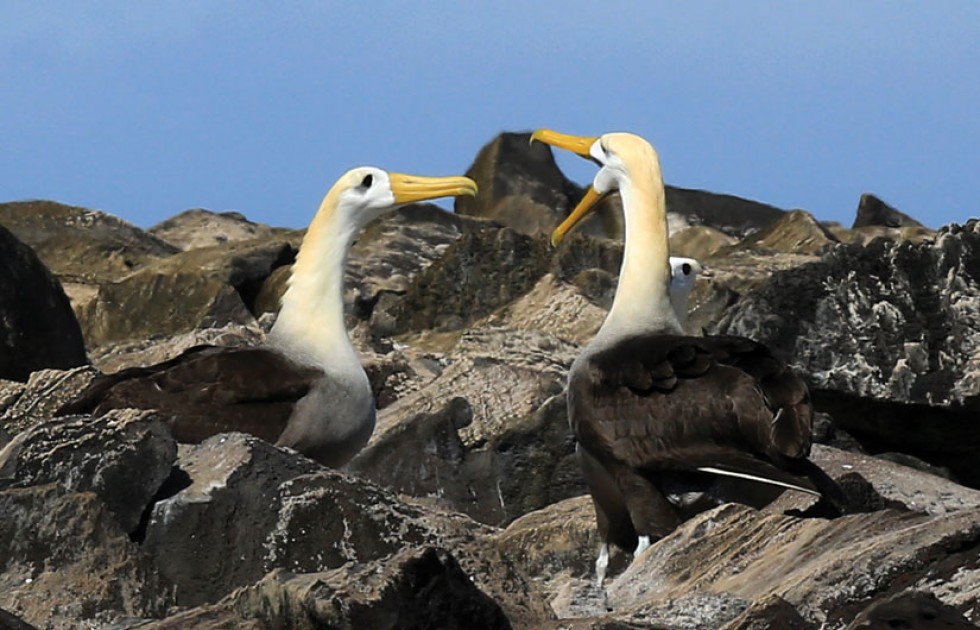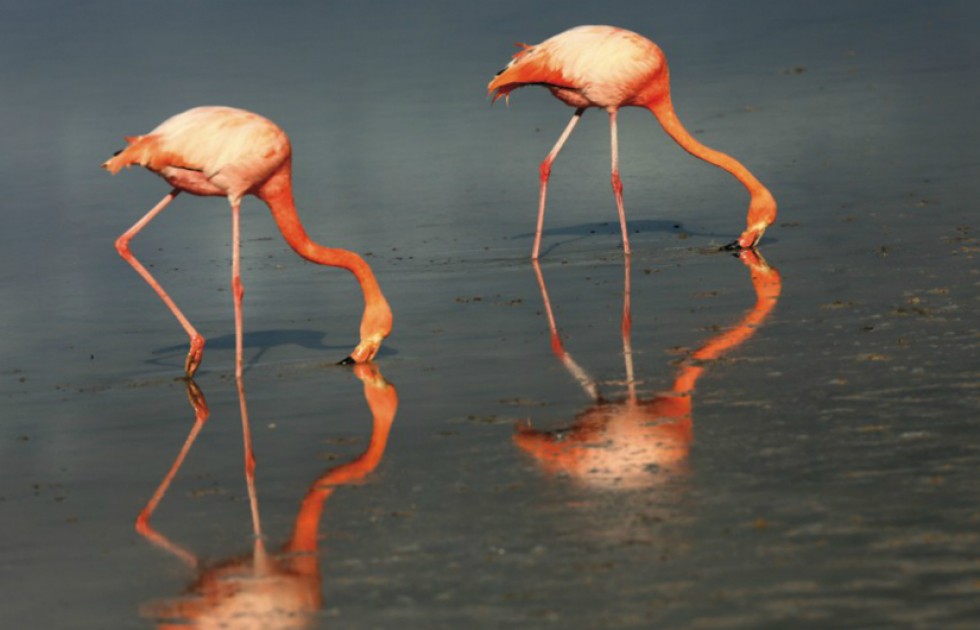PHOTOGRAPHING THE GALAPAGOS WILDLIFE (PART1)
The first of two parts takes us on an extraordinary tour of the archipelago’s sea birds
Visiting the Galapagos, a group of volcanic islands in the middle of the Pacific Ocean, is a dream for any wildlife or nature photographer. The islands, under the supervision of the Galapagos National Park, a UNESCO world heritage site since 1978, belong to Ecuador and are located about 1,100 kilometres west of the South American mainland. The archipelago comprises 19 islands and 42 islets or surfacing rocks. Transport among the islands can be done only by boat, many of which offer live-aboard facilities that make touring of different islands convenient and enjoyable. I visited the Galapagos in 2006 on board the Guantanamera and revisited this wildlife haven eight years later in 2014 on the Odyssey.
It was an adventure embarking on a very long and time-consuming trip to the Galapagos. I flew 11 hours from Bangkok to Schiphol Airport in Amsterdam, staying overnight at the airport hotel and the next day flying 13 hours to Quito, the capital of Ecuador.
After an overnight stay in Quito, I flew for two hours on a domestic flight to the Galapagos. The adventure continued as I boarded the Odyssey and spent 11 days and 10 nights on board, visiting 10 out of the 19 islands of the Galapagos – Santa Cruz, Isabela, Fernandina, Santiago, San Cristóbal, Española, Floreana, Santa Fe, South Plaza and North Seymour.
An article on the Galapagos would be incomplete if I did not mention Charles Darwin, the British naturalist who made the Galapagos known to the modern world. He visited the islands in 1835 at the age of 26 and spent five weeks on different islands exploring the wildlife. His discoveries promulgated the now widely accepted theory of “the origin of the species”, which emphasizes natural selection adaptation to the environment and genetic mutation of wildlife.
Besides its unique and spectacular volcanic landscape, another main attraction of the Galapagos is the wildlife, many species of which are endemic to the archipelago, meaning they are found nowhere else, and several are listed by the International Union on the Conservation of Nature (IUCN) as threatened species, those that stand a high risk of extinction. Among the well known species inhabiting the Galapagos are sea birds, reptiles featuring giant tortoises, marine and land iguanas and, to a lesser extent, mammals, the most famous of which are the sea lions. Because there are so many wildlife species and many details of each species, I’ll divide the article on photographing the Galapagos wildlife into two parts. The first part will be about the sea birds and the second will cover the reptiles and mammals.
Nowhere else in the world can youfind as many species of sea birds as inthe Galapagos. I’ll begin with the waved albatross, the largest bird in the archipelago with a length of 90 cm and a wingspan of 2.35 m, weighing 3-4 kg. The waved albatross is well known for its elaborate courtship display, featuring bill circling and clacking, and waddling in a way that looks like a dance. After choosing a mate, they live together for life. They can be found only on the island of Española. The waved albatross is listed by the IUCN as critically endangered, threatened by population decline.
The Galapagos flamingo, 130 cm in height with striking pink plumage, is endemic to the Galapagos and found in large numbers on the island of Floreana. It feeds on a variety of food, namely crustaceans, molluscs, annelid worms, insects, algae, etc. The coloration of its plumage varies according to the amount of carotenoid pigment consumed in crustaceans and microorganisms. The Galapagos flamingo is listed by the IUCN as an endangered species due to its small population and the high risk of extinction due to population decline.
The last species of sea bird I’d like to introduce here is the flightless cormorant, also endemic to the Galapagos and one of the rarest birds in the world. It is 95 cm in length and weighs 3-4 kg. Because of its inability to fly, it is threatened by the introduction of predators such as cats and dogs on the island of Isabela and is listed as a vulnerable species.
In the second part of “Photographing the Galapagos Wildlife” I’ll introduce the mammals and reptiles of the Galapagos – the sea lions, giant tortoises, sea turtles and the land and marine iguanas.


